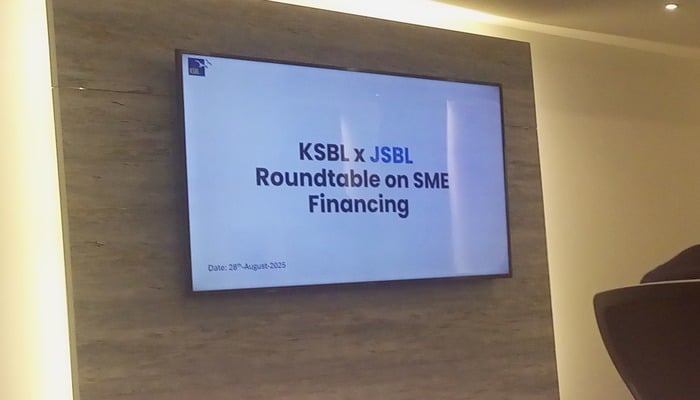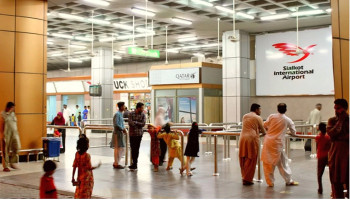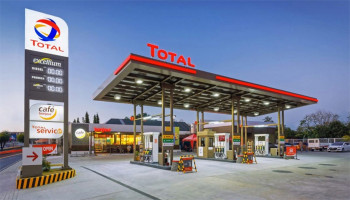
While a slew of new startups and busy incubators have gained traction, grown exponentially, and been widely acknowledged in Pakistan’s entrepreneurial scene, the unfathomable truth behind this spotlight is that access to affordable, formal financing persists as a bottleneck for numerous businesses out there.
What challenges is SME financing in Pakistan facing?
As a significant portion of small firms seems to be surviving on cash and informal loans, banks and other financial institutions struggle to grasp the borrower's loan credibility. This gap is slowing growth for firms that have the potential to scale and create jobs.
At a recent roundtable jointly hosted by the Karachi School of Business and Leadership (KSBL) and JS Bank on SME financing, it was echoed that FMCG retail micro and small enterprises in Punjab have been operating entirely on cash for years, which experts said makes it impossible to secure reliable records of cash flow, earnings and spending.
SME data scarcity and trust issues
Without bookkeeping or formal records, it's nearly impossible for banks to verify income and deposits, which is how their reluctance to offer long-term loans is justified.
This lack of formal data causes bank distrust, which, as a result, keeps businesses outside formal credit channels. Mukesh Kumar, Sindh provincial chief at SMEDA, noted that the problem worsens when even some microfinance institutions are not transparent, pointing out three to four microfinance banks that have not published their SME data since 2022.
It was clarified that this data scarcity isn't restricted to the private sector.
Najmus Saqib of the State Bank of Pakistan said only five banks in the entire country have deployed systems, with the help of SBP, to track SME data, which he acknowledged as a remarkable initiative because low coverage leaves regulators and lenders in the dark about the intelligence on how good SMEs actually perform.
Other barriers to formal SME financing in Pakistan
Saqib also pointed to another barrier: a widespread fear of the Federal Bureau of Revenue (FBR), Pakistan's national tax authority, which drives many business owners to keep operations informal and cash-based rather than open bank records.
Notwithstanding this fear, coupled with worries about withholding tax that discourages formal bookkeeping, the SBP continues to introduce SME financing schemes intended to stimulate formal credit uptake.
Mutaher Khan, co-founder of Data Darbar, underlined agriculture’s central role, stating that agriculture has been the largest driver of SME financing over the past five years in Pakistan, adding that SME financing grew 41% in the last fiscal year.
JS Bank CEO Atif Salim Malik pointed to a 2003 report that recorded SME counts at the time to be 3.2 million. Mukesh Kumar, presenting the latest figures, added that there have been roughly 7 million establishments by 2025 across sectors such as education, health and agriculture.
Kumar also stressed that many budding entrepreneurs are not even aware that bank SME programmes exist and that formal financing could be had. He highlighted that corporate-sector lending to SMEs, credit supplied by firms rather than banks, also exists but does not receive sufficient recognition.
The roundtable also flagged a stark disparity between formal bank penetration and the size of the SME universe. A report cited by Saqib found that only 142,000 out of an estimated 2.7 million SMEs had bank accounts declared as business accounts.
The report is evident that most SMEs continue to operate through personal accounts, blurring business and personal finances, which in turn reduces transparency for lenders. This practice is also said to be hampering the ability of institutions to build reliable credit histories for small enterprises and increasing the cost and risk of formal lending.
Gender dimensions of data scarcity have also emerged as another area that needs to be given the recognition it deserves. Samina Geti, the vice president at First Women’s Bank Limited and head of its SME division, warned that poor data gathering also undermines women’s participation in the SME sector. She claimed that approximately 10% of SMEs in Pakistan are led by women, and women tend to hold more savings accounts than men.
Progress exists, but obstacles persist
Despite some progress, SME loans reached a record Rs691 billion in FY25, but obstacles persisted on the framework side. Only 2.1% of firms report access to bank loans or lines of credit, a tiny share compared with the South Asian average of 31.6%.
Participants at the KSBL-JS Bank session argued that incremental measures will not be enough. In the view of the panellists, greater reforms are needed, including stronger credit assessment frameworks, market-based solutions, technology-driven distribution channels, and measures such as credit guarantees and improved data availability for risk assessment.
Strategies to get around Pakistan's SME financing woes
The roundtable also served as a soft launchpad for an upcoming policy brief and an SME financing toolkit to help small businesses navigate financial services.
This indicates that Pakistan's SME sector has momentum, but the current mix of cash-based trade, weak record-keeping, limited data sharing and low financial literacy leaves millions of SMEs underserved.
Closing these gaps will require SME-supportive policies, better data infrastructure, and stronger links between banks, tech platforms and the firms they serve. Otherwise, a rich source of jobs and innovation in the country will likely remain at stake and underused.
















